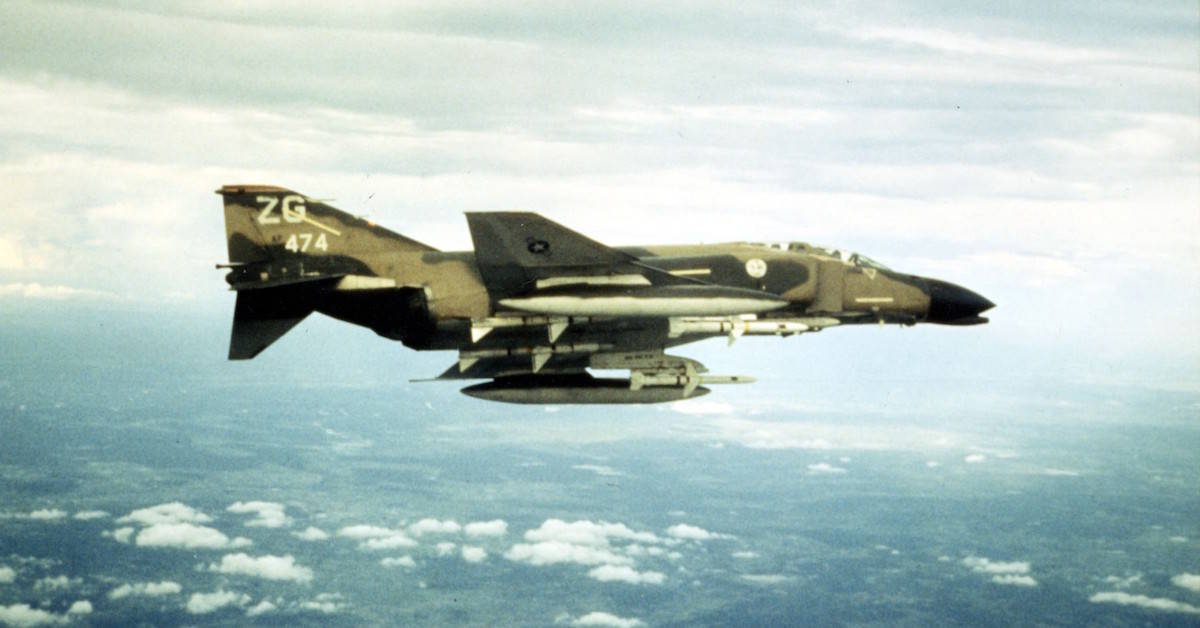In this thread I would like to focus on situations when an avionics piece backfired and instead of providing security, it contributed to serious risks. This is a story of the RAF Monica (ARI 5664) tail warning radar and its US clone known under the nomenclature of AN/APS-13. Monica appeared in the second half of 1942 in British bombers. It was in fact a ranging radar operating at about 320 MHz, which gave the crew a visible and audible warning about a hostile airplane approaching from the rear within several hundred meters. Unfortunately, the Luftwaffe learned about Monica's existence from a bomber that accidentally landed in continental Europe. In consequence, German scientists developed in early 1944 the FuG 227 Flensburg receiver, which allowed the night fighters to home in on the Monica signals from up to 100 km. This merely streamlined the interception of allied bombers at night. The British learned about the FuG 227, when a Ju-88 night fighter mistakenly landed on British soil in June 1944 (See this). Thus, the Monica was phased out.
US AN/APS-13 was used in the P-51s and P-47s, but when the risks involved with their use became apparent, the sets eventually saw use as the proximity fuze system of nuclear bombs dropped on Japan in August 1945.
The AN/APS-13:

 collection.sciencemuseumgroup.org.uk
collection.sciencemuseumgroup.org.uk
AN/APS-13 in P-51D's cockpit:
Similar situation occurred with the H2S radars carried by RAF bombers. Their signals could be detected by the FuG 350 Naxos Z and allowed German night fighters to home in on these radars.
US AN/APS-13 was used in the P-51s and P-47s, but when the risks involved with their use became apparent, the sets eventually saw use as the proximity fuze system of nuclear bombs dropped on Japan in August 1945.
The AN/APS-13:

American airborne radar detector, type RT34/APS-13 | Science Museum Group Collection
American airborne radar detector type RT34/ASP-13, 1939-45.,The equipment used a directional aerial in the rear fin for both transmission and reception, the main lobe of transmission being such that there was half field strength at plus or minus 45 degrees vertically and 30 degrees horizontally...
AN/APS-13 (SCR 718) airborne tail warning radar
AN/APS-13 (SCR 718) airborne tail warning radar
www.radiomilitari.com
AN/APS-13 in P-51D's cockpit:
Similar situation occurred with the H2S radars carried by RAF bombers. Their signals could be detected by the FuG 350 Naxos Z and allowed German night fighters to home in on these radars.



